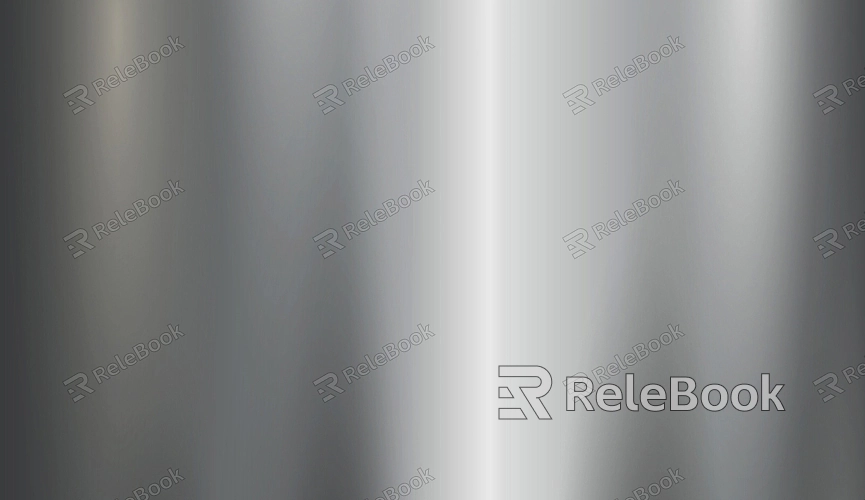What is UV Mapping in 3ds Max?

What is UV Mapping?
UV mapping is a technique used to apply a 2D image or texture to a 3D model. The term "UV" refers to the coordinates used in the mapping process, where "U" and "V" are the axes of the 2D texture space, differentiating them from the "X," "Y," and "Z" coordinates of the 3D model. Essentially, UV mapping involves unwrapping a 3D model's surface into a 2D plane, allowing a texture to be correctly applied to it.
When you model an object in 3DS Max, it exists in a 3D space, but to make it visually appealing with colors, patterns, and details, you need to map a 2D texture onto the model's surface. UV mapping is the process that ensures this texture fits perfectly over the 3D model without distortion or misalignment.
The Importance of UV Mapping in 3D Modeling
UV mapping is crucial in 3D modeling because it allows textures to be applied accurately and efficiently. Without proper UV mapping, textures could appear stretched, compressed, or misaligned on your model, leading to unrealistic or undesirable results. UV mapping is essential for:
Realism: Proper UV mapping ensures that textures like skin, fabric, or wood grain appear realistic and true to life on your model.
Detail: By mapping UVs correctly, you can apply detailed textures such as logos, patterns, or intricate designs without distortion.
Animation: UV mapping is also critical for animated models, as it ensures that textures move smoothly with the model without causing visual errors.

The Process of UV Mapping in 3ds Max
UV mapping in 3ds Max involves several steps, each crucial to achieving a clean and effective texture application. Here’s how you can approach UV mapping in 3ds Max:
1. Preparing the Mode
Before starting the UV mapping process, ensure your model is clean, with no overlapping geometry or unnecessary details. Simplifying your model can make the UV mapping process more manageable.
2. Applying the UVW Map Modifier
In 3ds Max, you can use the UVW Map modifier to begin the mapping process. This modifier allows you to project the texture onto your model using different mapping methods, such as planar, cylindrical, or spherical, depending on the shape of your object.
3. Unwrapping the UVs
Once the basic mapping is applied, you can use the Unwrap UVW modifier to fine-tune the UVs. This step involves unwrapping the 3D model onto a 2D plane, where you can manually adjust the UVs to ensure the texture aligns correctly with the model's surface.
4. Checking for Distortion
After unwrapping, it's essential to check for any texture distortion. You can use checkered or grid textures to visualize how the UVs are laid out on your model, allowing you to identify and correct any issues.
5. Applying the Final Texture
Once you're satisfied with the UV layout, you can apply the final texture. The texture should now fit perfectly on your model, thanks to the careful UV mapping process.
Tips for Effective UV Mapping
To achieve the best results with UV mapping, consider the following tips:
1. Optimize Your Model
Before starting UV mapping, ensure your model is optimized. Clean up any unnecessary details and reduce polygon count where possible. This makes UV mapping easier and more efficient.
2. Use Seams Wisely
When unwrapping your model, carefully place seams where they will be least noticeable. Seams are where the texture map splits, so placing them in less visible areas will help maintain the model's visual integrity.
3. Test with a Checker Pattern
Before applying your final texture, use a checker pattern to check for any stretching or distortion. This allows you to correct any UV issues before committing to the final texture.
4. Practice Regularly
UV mapping can be complex, and mastering it requires practice. The more you work with UV mapping, the more intuitive the process will become.
Common Challenges in UV Mapping
While UV mapping is a powerful tool, it can present several challenges:
1. Texture Stretching
One of the most common issues is texture stretching, which occurs when UVs are not evenly spaced. This can cause the texture to look distorted or stretched on the model.
2. Overlapping UVs
Overlapping UVs can cause textures to appear incorrectly on the model. This typically happens when the UVs are too close together or when the model has complex geometry.
3. Managing Seams
Seams can be tricky to manage, especially on complex models. Visible seams can break the illusion of a continuous texture, making them a significant challenge in UV mapping.
FAQ
What is the purpose of UV mapping in 3ds Max?
UV mapping is used to apply a 2D texture to a 3D model in a way that aligns with the model’s geometry, ensuring the texture appears correctly without distortion.
Can I automate the UV mapping process in 3ds Max?
While 3ds Max provides tools like automatic mapping to assist with UV mapping, manual adjustments are often necessary for optimal results.
Why does my texture look distorted after UV mapping?
Distortions usually occur when the UVs are not evenly distributed or when there are overlapping UVs. It’s essential to check the UV layout and adjust it as needed.
How can I hide seams in my UV mapping?
Seams can be hidden by placing them in less visible areas of the model or by using texture painting techniques to blend the seams with the surrounding texture.

